
When it comes to fire pit construction, there are few materials more durable than metal or iron. They are sturdy enough to resist exposure to wind and sunlight for long periods of time without damage. However, they do have one weakness: water. When exposed to moisture for extended periods of time, rust can develop on your fire pit. Fortunately, there are plenty of simple steps you can take to help defend your fire pit against rust.
What Causes Rust?
Rust is a flaky reddish brown material that is formed by a chemical reaction called oxidation. According to an article by Sciencing, this chemical reaction occurs when the iron in metal interacts with the oxygen found in water and causes the metal to corrode. Materials like salt can also accelerate this process.
Is Rust Harmful?
Under the right circumstances, exposure to rust can pose risks to your health. According to an article by healthline.com, if you simply come in contact with rust it may stain your skin but will not otherwise harm you. However, if the bacteria commonly found on rust is allowed to enter your body through broken skin, like a cut or wound, you could be at risk for a serious infection called tetanus.
In addition to the health risks, rust can also lead to other problems. Not only can the coating of rust ruin the look of an elegant metal fire pit, if the metal is allowed to corrode too much it can compromise the structural integrity of the fire pit.
Tips to Help Keep Your Fire Pit from Rusting

Tip #1 Watch the Weather
The simplest and most obvious way to protect your fire pit from rust damage is to avoid using it when bad weather is on the horizon. When it comes to metal fire pits, rain can cause the most rust damage. Try to be mindful of the weather and avoid using the fire pit when the forecast says there’s a chance for precipitation.
Tip #2 Store Your Fire Pit Indoors
Limiting your fire pit’s exposure to moisture and the elements is another easy way to reduce the chances of rust forming. If your fire pit is light enough, store it indoors or in a covered location like a garage or garden shed when not in use. This will protect it from rain and precipitation. If you can’t bring it indoors, try to at least position it under a covered location like a porch to prevent it from getting drenched.

Tip #3 Use a Protective Cover
If your fire pit is too large or heavy to move to bring indoors, use a protective cover to seal out moisture. These fabric covers are made of durable water-resistant materials to keep your fire pit dry. Look for one with a toggle drawstring to ensure a snug fit. You should also note that protective covers are different from fire pit spark screens which are made of metal and are used to keep sparks inside the fire pit.
Fire pit covers can also provide protection from animals and UV rays. To learn more, read our blog article 4 Reasons Why You Need a Protective Fire Pit Cover.
Tip #4 Regularly Clean Your Fire Pit
Rain and precipitation are only a few ways that your fire pit can be exposed to moisture. Another less obvious way is through the ash left in your fire pit after burning. The ashes can absorb moisture in the air and damage the interior and bowl of your fire pit. A simple way to avoid this is to clean out your fire pit regularly. For additional tips on how to properly clean your fire pit, check out our blog article, How to Clean a Fire Pit So It Lasts for Many Seasons.

Tip #5 Apply Vegetable Oil
Even when properly stored, a fire pit can still come in contact with moisture through humidity in the air. How do I protect my fire pit from this constant moisture? The answer may surprise you, vegetable oil. Apply a light layer of vegetable or canola oil at least once per season to create a protective barrier between the moisture in the air and your fire pit.
How to Repair a Rusted Fire Pit
Have you already noticed a few reddish brown patches on your fire pit? Don’t worry! It’s not too late. If you regularly inspect your fire pit and catch small amounts of rust, you can clean it away before it seriously damages your fire pit.
The first step is to use a combination of soap and water to scrub away any of the debris that is easily removable. Next, use masking tape to tape off the edges of the rusty area and use sandpaper to buff away any of the remaining rust (be sure to wear a respirator while sanding to avoid inhaling any of the debris). The masking tape will protect the undamaged parts of the fire pit from the sanding.
Finally, wipe away any of the dust and apply a high-temperature spray paint in a color that matches your fire pit finish. If you want to apply a second layer, wait for the first layer to dry completely before applying the second coat.
Enjoy Your Fire Pit Season after Season
Rain and moisture are certainly not your metal fire pit’s friend, but fortunately there are a variety of simple ways to keep your fire pit safe and rust-free. By storing your fire pit properly, performing routine maintenance, and keeping an eye out for rust patches, you’re sure to enjoy plenty of bonfires in your metal fire pit.
For additional tips on how to properly use and maintain your fire pit, check our other fire pit blog articles.
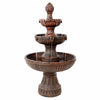
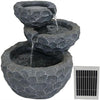
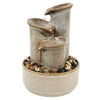

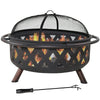
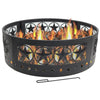

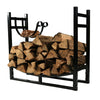
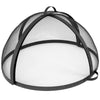
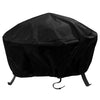
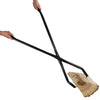
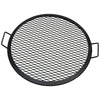

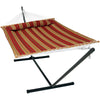


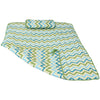
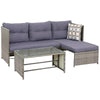
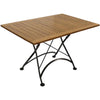

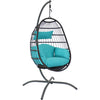

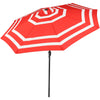
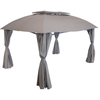



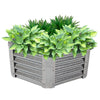
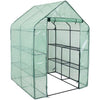
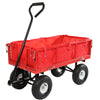
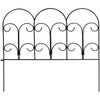
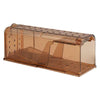
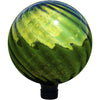



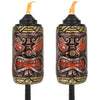


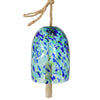


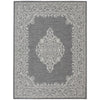
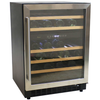
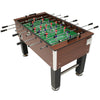
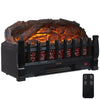
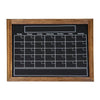






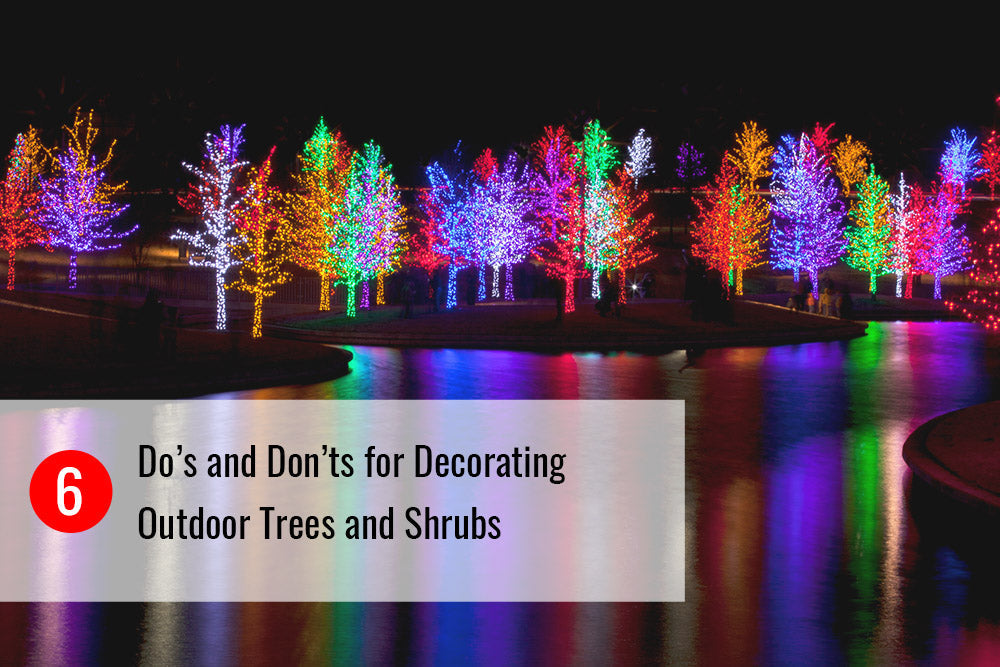






1 comment
Tom Gleinser
Is it possible to purchase a new igniter for my 48" rustic Sunnydaze fire pit? It lights up fine and will burn as long as I hold the valve in, but quits as soon as I let go. Sounds like a thermocouple problem. Can I buy one?